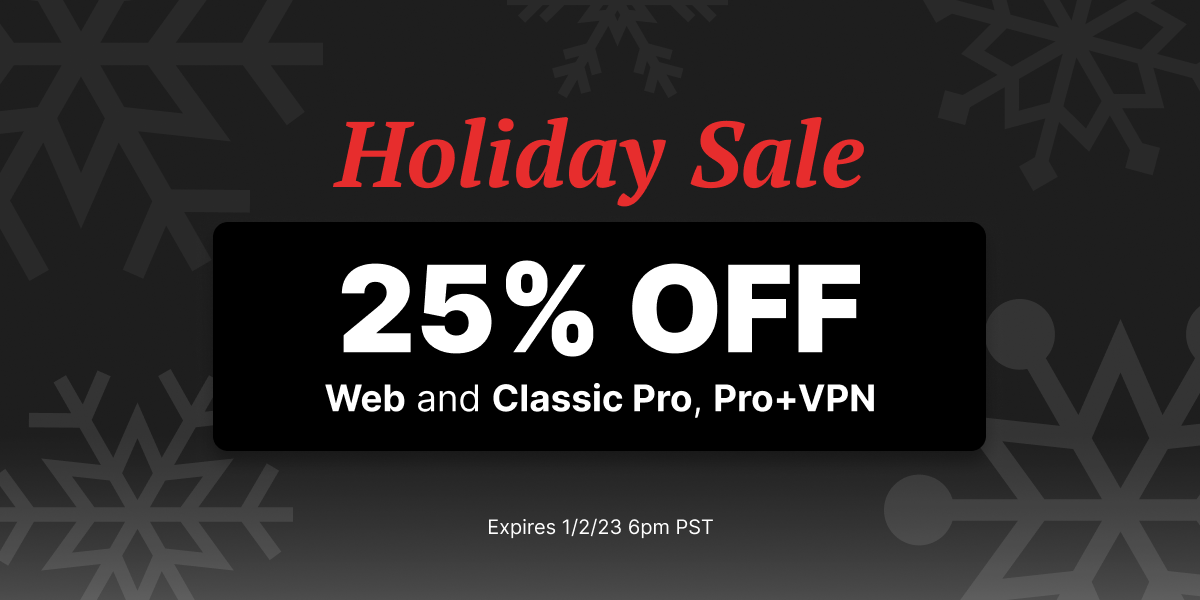Here at BitTorrent Inc. we’re quite excited about Apps and what they will add to the BitTorrent community. However, we’ve seen a number of questions and concerns. These seem to fall into two camps – to very roughly paraphrase:
1. “Whoa, you’re going to ruin µTorrent – its going to get bloated?”
2. “What’s all the fuss about – what can I do with Apps anyway?”
As for the first question, what I can say is that we continue to obsess about performance, speed, binary footprint, RAM profile, CPU efficiency, simplifying the user experience and pretty much anything else that might go into a broad category of “don’t let it get bloated.” Our most recent software development sprint was dedicated to anything that our engineers could think of to reduce size or improve performance. Our software continues to be the category leader in terms of tiny footprint versus performance and features. This will not change.
Our “Apps” platform provides extra functionality that is always going to be optional. One way to think of this is an antidote to feature-creep. All sorts of new features that might be useful or interesting can be introduced as separate Apps before we ever bake them into the core client. If they do not prove to be essential then it’s unlikely they will ever end up as core features. If you want the barest possible BitTorrent experience then don’t install any Apps! There will even be a way to switch Apps off entirely. Although, we hope people will at least give some of them a try before they resort to this.
As for the second question of not knowing what new features Apps will bring. Although, rather like the early days of the Facebook app platform, we think the raw materials are really quite exciting. To start with I’d say that what we have is clearly *not* Facebook. At least not quite…
We are approaching one hundred million consumers intensively using a download manager to get content from each other. Put more generally, our client-base combines a gigantic amount of consumer attention with access to a large set of connections between people. These connections are not social in nature – as in, I’m not connected to my friends. The connections form a different type of “graph” – not a “social graph,” but a “behavioral graph”. Why so? The BitTorrent protocol works such that you only ever connect to other people who are downloading the exact same thing as you. It’s a world where the choice to download something results in joining a group of other people who are also downloading the same thing. Now we’re adding Apps on top of this behavioral graph.
Fundamentally, Apps are just miniature websites and web services that are tightly integrated with the client. We have had a Web API for some time – allowing for a browser-based user interface so that you can “log in” to your BitTorrent client from a different device. Apps tie the browser much more closely to the client and provide a security wrapper to keep things under the explicit control of the end user.
Most obviously, Apps will give you access to a BitTorrent download manager, which excels at downloading large popular files at little or no cost to the publisher. Apps can be used to simply make this experience better – add a more powerful scheduler or prettier speed graphs. Beyond this, Apps might provide a slick discovery mechanism for content that you want to download. On the flip side, it would be an excellent way for a content creator to package up content for distribution to millions of people.
Apps integrated with web content for discovery is just the start. Apps can also easily integrate with web services to create content-centric mashups. Services might take your user name (we’re supporting “OAuth” – an authorization standard so Apps can include web services you can log in to) along with groups of IP addresses, which share an affinity along with infohashes and other content meta-data as inputs. As for outputs? We can think of interesting new types of media discovery, sharing, consumption, affinity-based social interaction, commenting, ratings, recommendations, community visualizations, gaming, commerce, advertising — all organized around content delivery and affinities. And of course each App is completely optional.
We’re building a platform for developers to write open source Apps, and share them with the community. In the end, the power of this platform remains with you. The key will be what experiences App developers decide to build, and what users decide to adopt.
– Simon –


